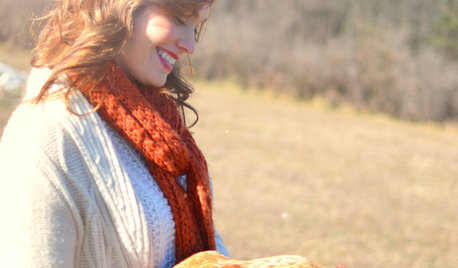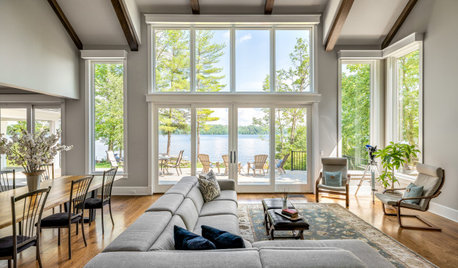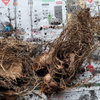need help with building a raised bed
tambo747
15 years ago
Related Stories

FARM YOUR YARDHow to Build a Raised Bed for Your Veggies and Plants
Whether you’re farming your parking strip or beautifying your backyard, a planting box you make yourself can come in mighty handy
Full Story
GARDENING AND LANDSCAPINGBuild a Raised Bed to Elevate Your Garden
A bounty of homegrown vegetables is easier than you think with a DIY raised garden bed to house just the right mix of soils
Full Story
GARDENING AND LANDSCAPINGRaise Backyard Chickens Without Ruffling Neighbors' Feathers
Before you build a coop in the backyard, follow these strategies to help keep your neighbors from squawking
Full Story
GARDENING GUIDES8 Materials for Raised Garden Beds
Get the dirt on classic and new options for raised vegetable and plant beds, to get the most from your year-round garden
Full Story
SPRING GARDENINGInspiring Raised Beds for Fall and Spring Planting
Make Your Next Vegetable Garden Even Better with Beautiful Boxes and Paths
Full Story
ORGANIZINGDo It for the Kids! A Few Routines Help a Home Run More Smoothly
Not a Naturally Organized person? These tips can help you tackle the onslaught of papers, meals, laundry — and even help you find your keys
Full Story
LIFEDecluttering — How to Get the Help You Need
Don't worry if you can't shed stuff and organize alone; help is at your disposal
Full Story
UNIVERSAL DESIGNMy Houzz: Universal Design Helps an 8-Year-Old Feel at Home
An innovative sensory room, wide doors and hallways, and other thoughtful design moves make this Canadian home work for the whole family
Full Story
DECORATING GUIDESCould a Mission Statement Help Your House?
Identify your home’s purpose and style to make everything from choosing paint colors to buying a new home easier
Full Story
STANDARD MEASUREMENTSThe Right Dimensions for Your Porch
Depth, width, proportion and detailing all contribute to the comfort and functionality of this transitional space
Full StoryMore Discussions







bramley
bev_w
Related Professionals
East Rancho Dominguez Landscape Architects & Landscape Designers · Tomball Landscape Architects & Landscape Designers · Buford Landscape Contractors · Arden-Arcade Landscape Contractors · Bloomington Landscape Contractors · Caldwell Landscape Contractors · Cornelius Landscape Contractors · Lexington Landscape Contractors · Mason Landscape Contractors · Middletown Landscape Contractors · New Braunfels Landscape Contractors · Overland Park Landscape Contractors · West Covina Landscape Contractors · Vadnais Heights Landscape Contractors · San Pablo Landscape Contractorstambo747Original Author
tambo747Original Author
bramley
bev_w
ianna
tambo747Original Author
bramley
tambo747Original Author
tambo747Original Author
bramley
hostarhodo
mystryplant